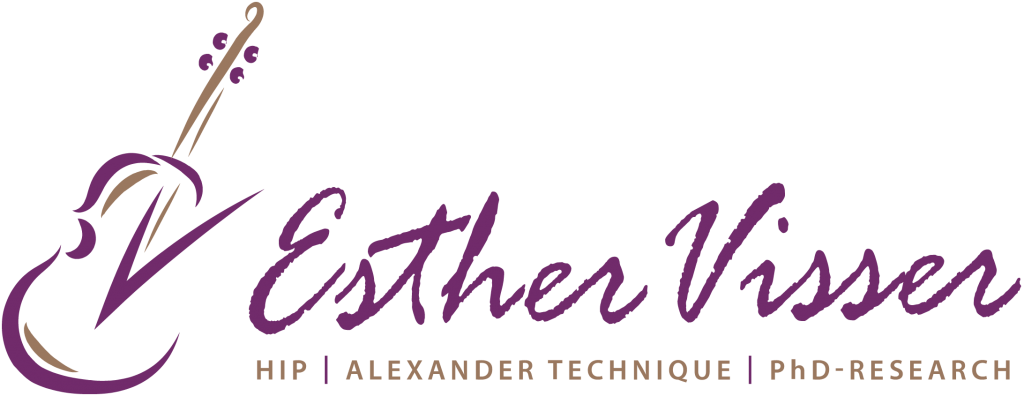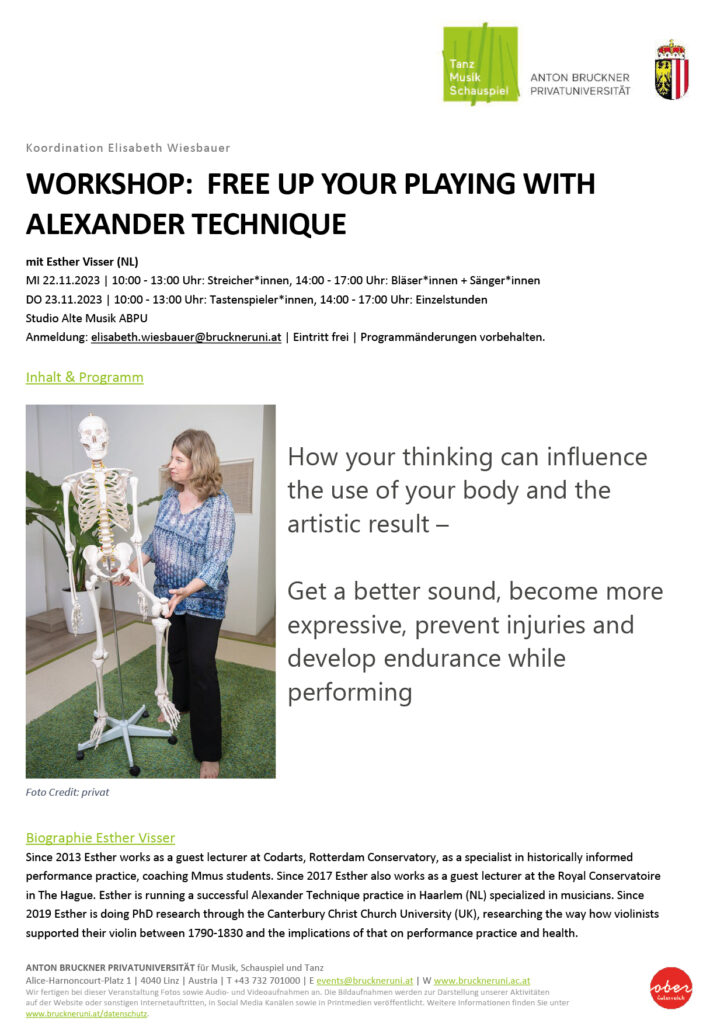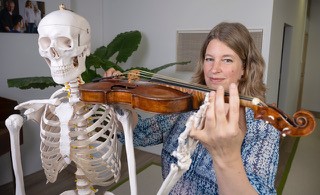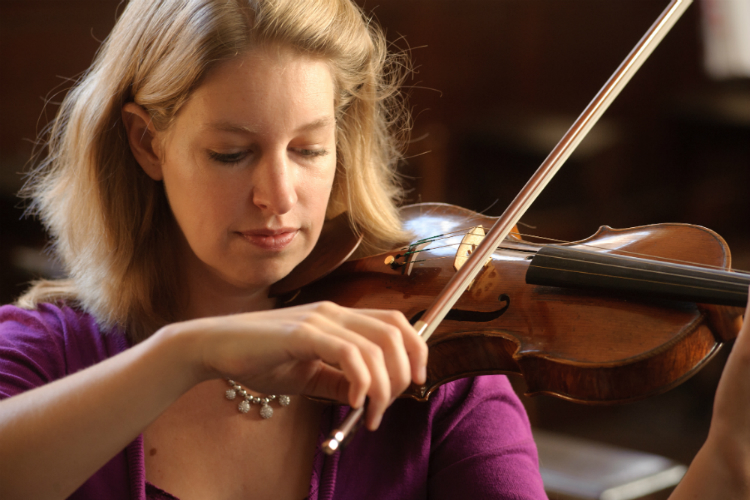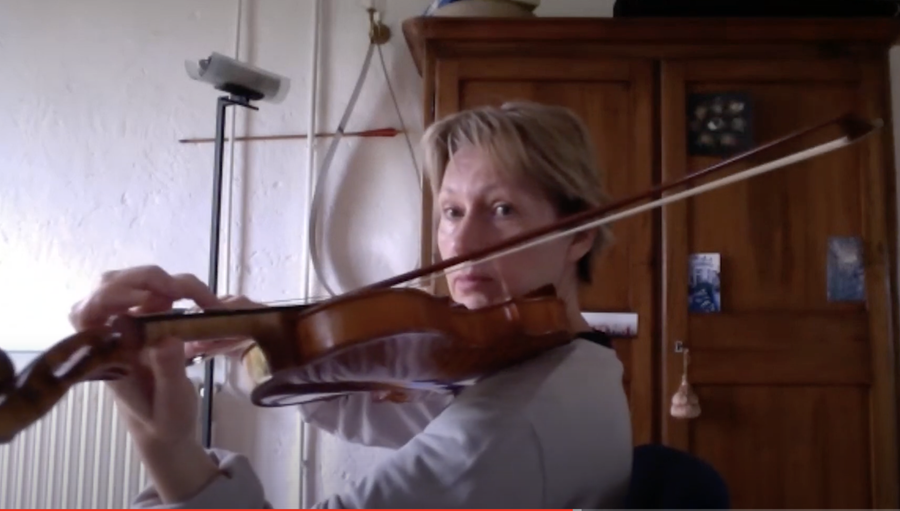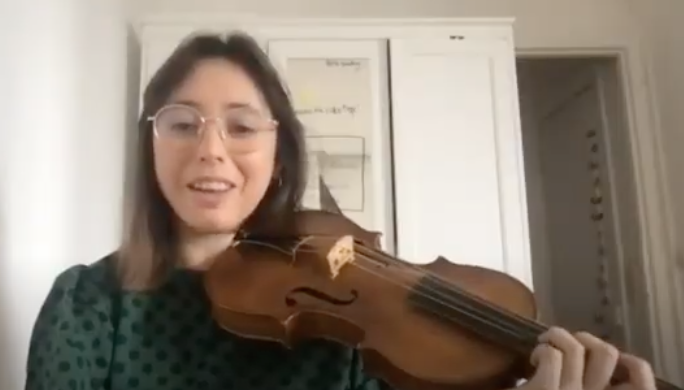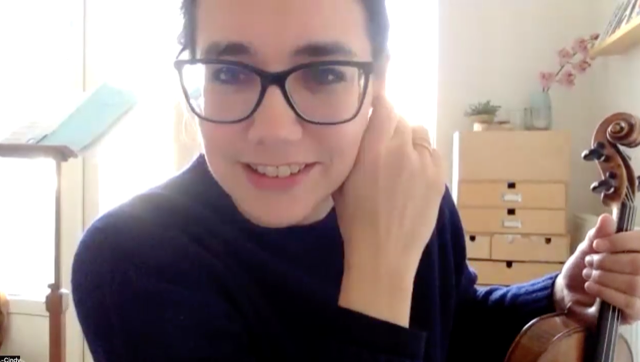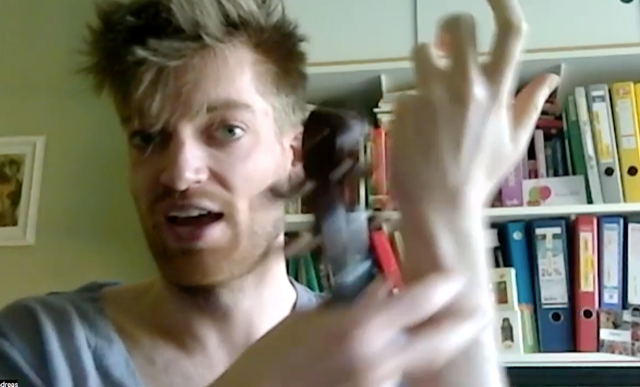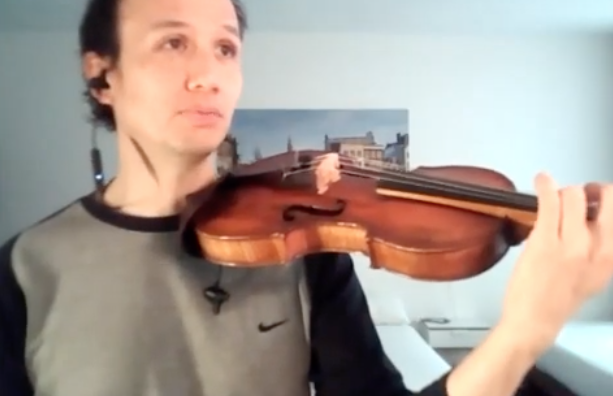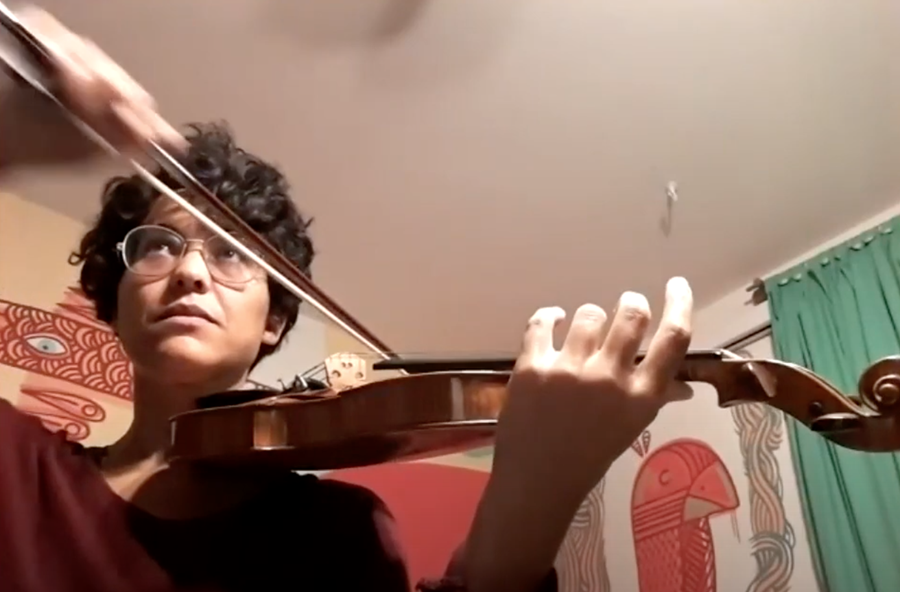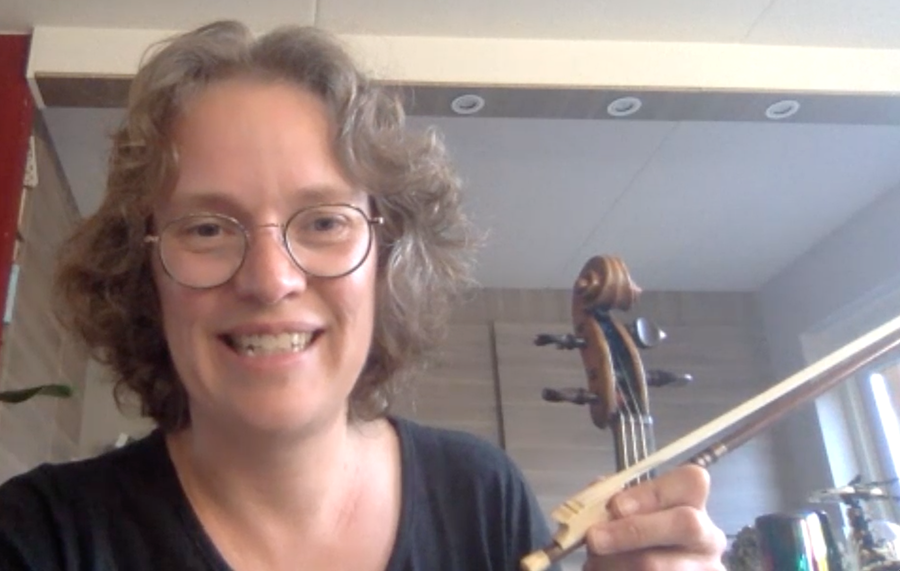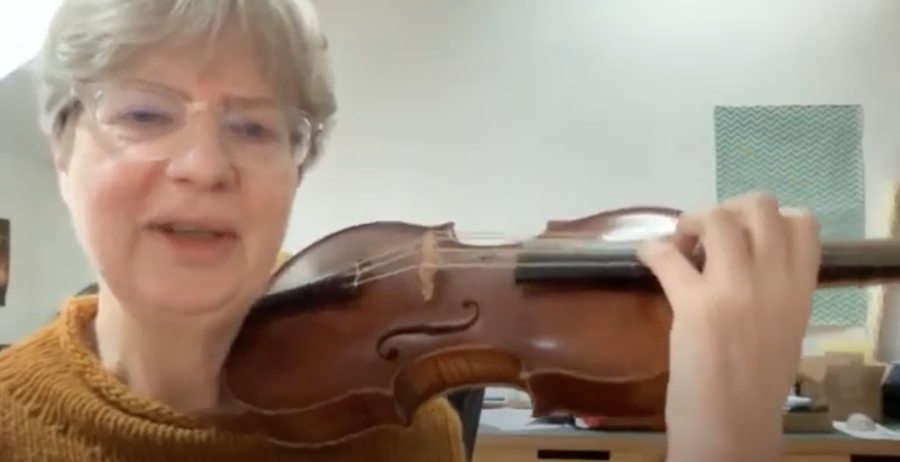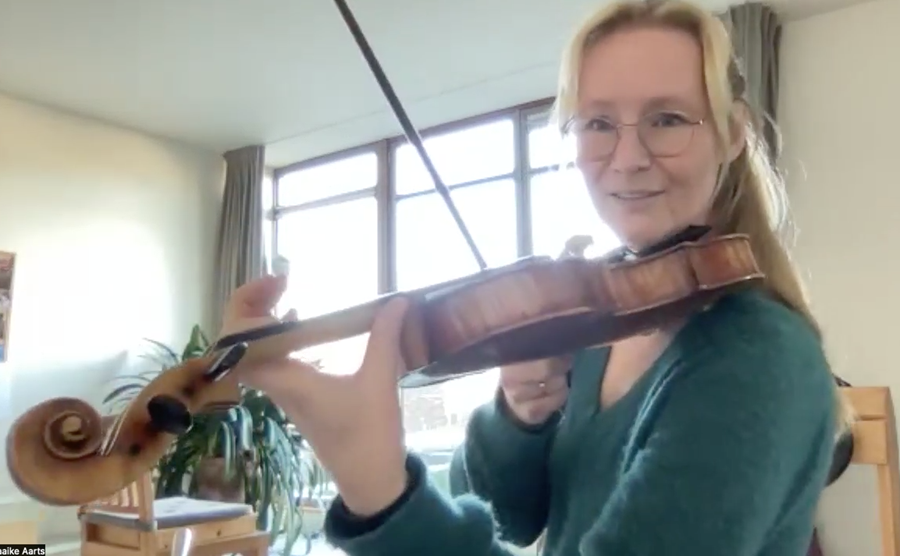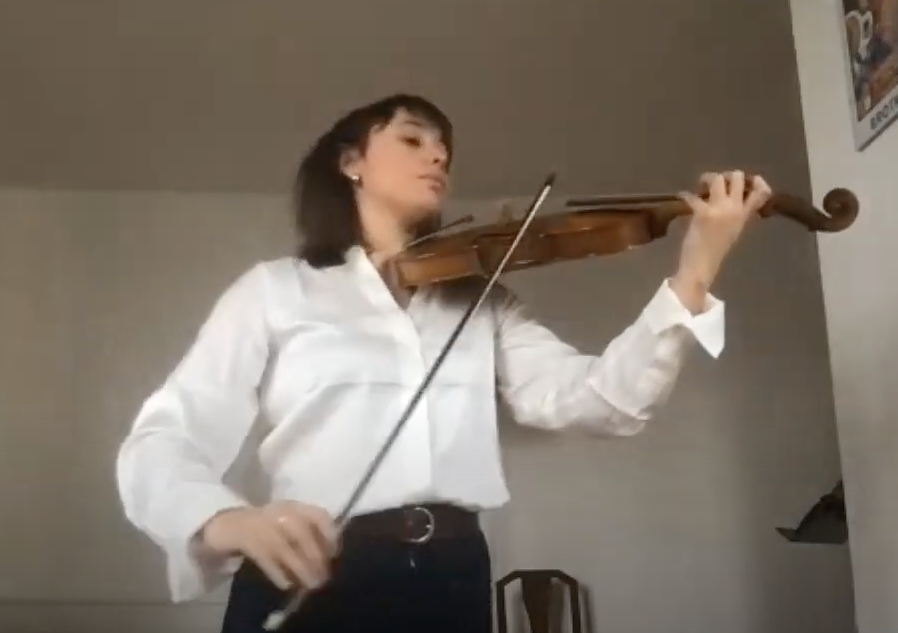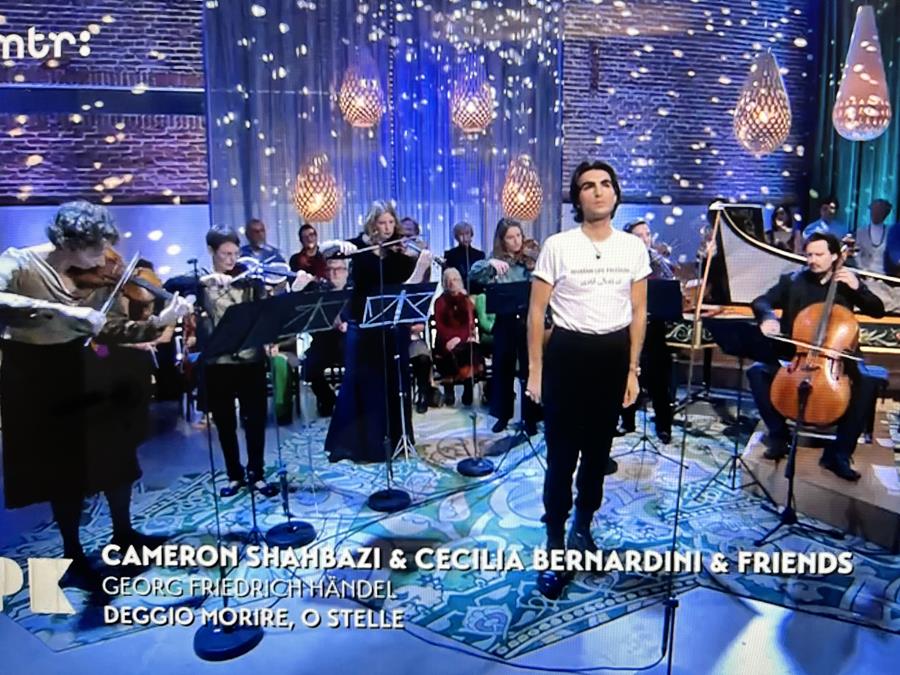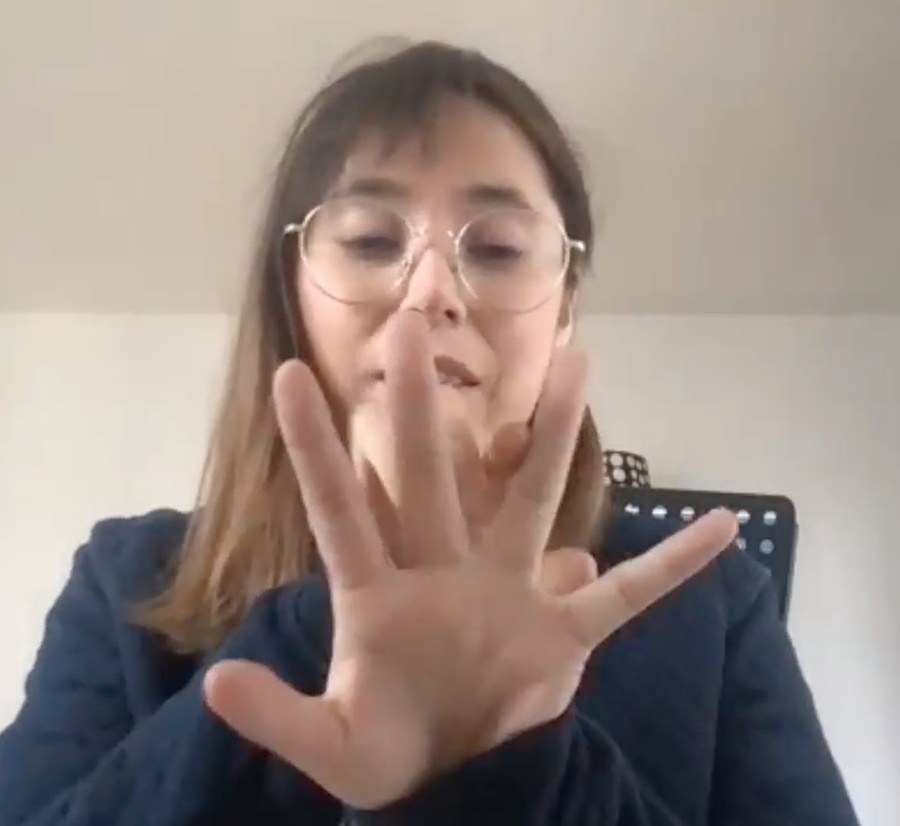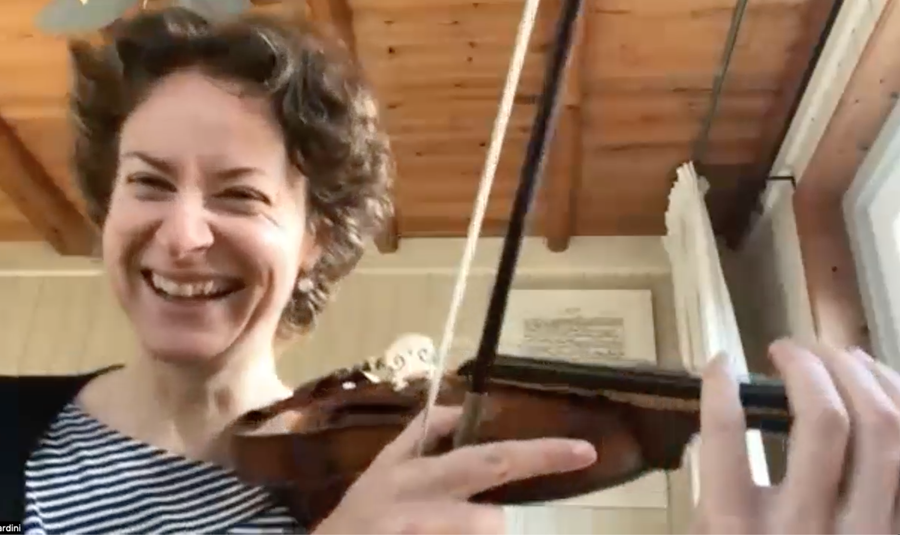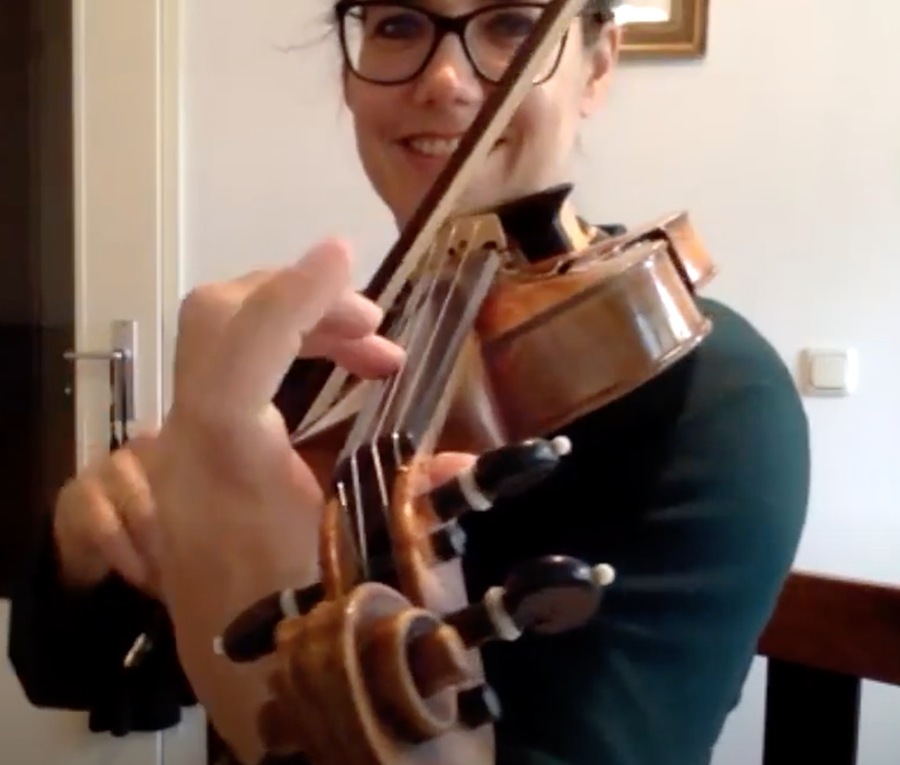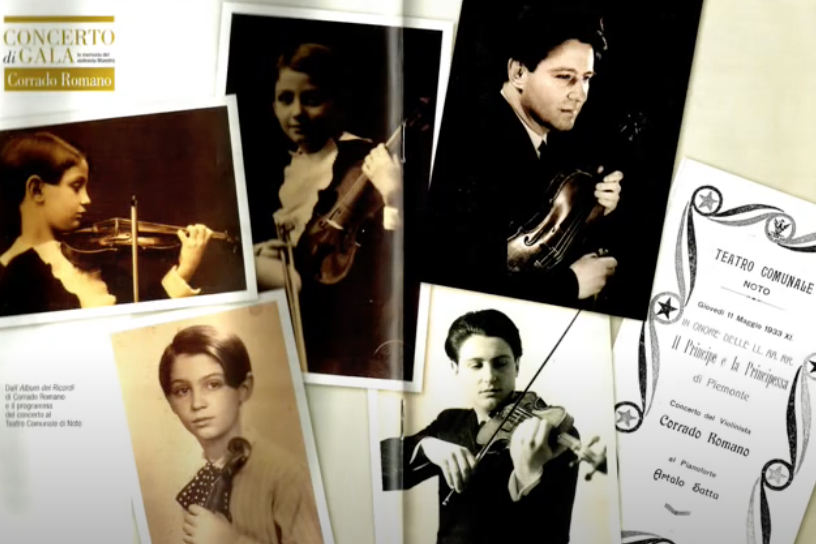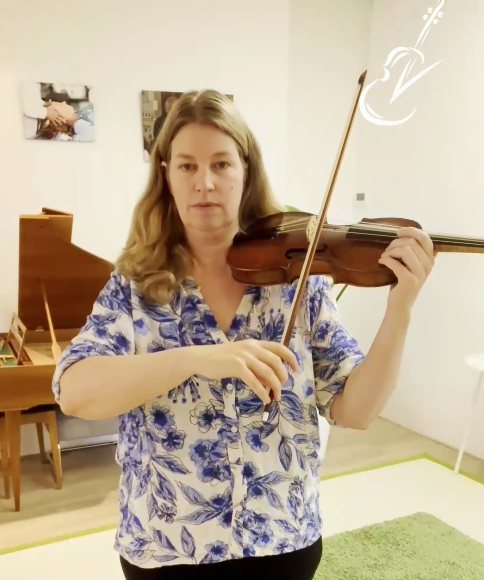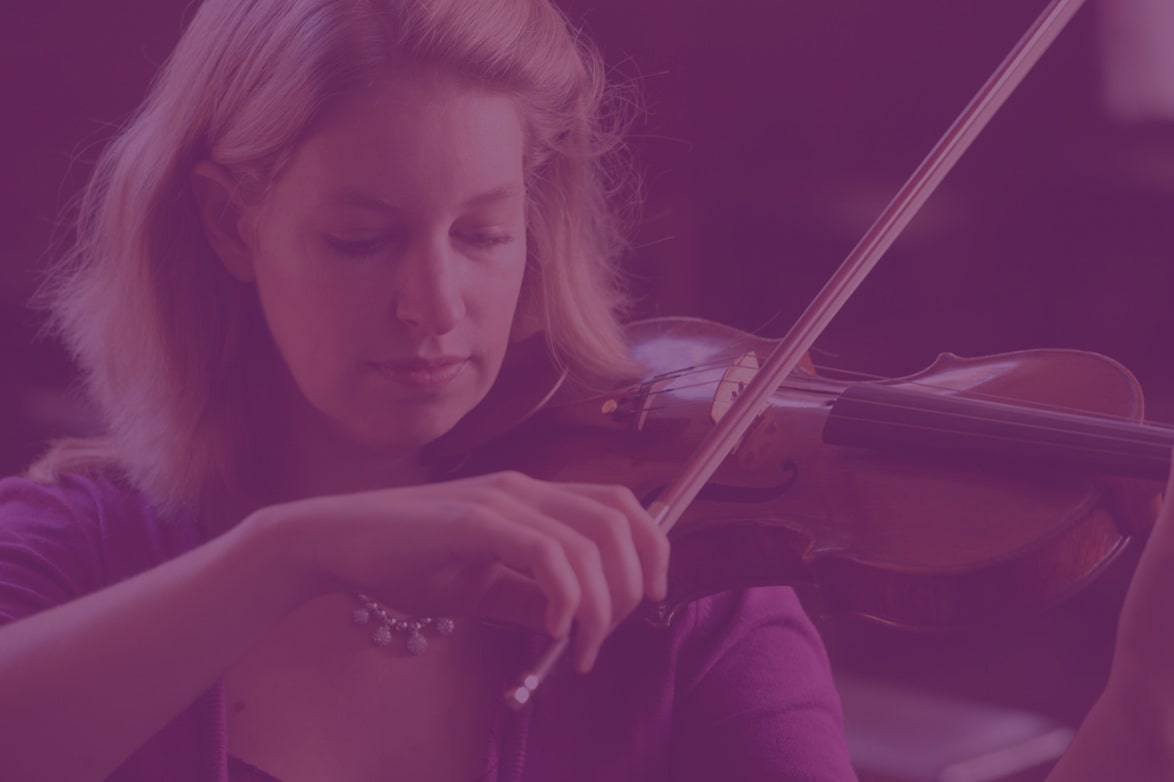
Research
Hi everyone,
The seventh week of my experiment on playing without a shoulder rest and / or chin rest is almost finished. Here are some updates and some feedback.
Thank you for sending me your videos, it’s really important for my research. Please keep doing it. We are at different stages, that is completely fine. Everyone can do it in their own tempo.
Again, some more new participants joined as well, welcome to Silke, Vesa, Juan, Simone and Entala! Many people already filled out the entrance survey. Thanks. If you didn’t do it yet, please do so before you start the lessons.
If you know more people who like to join, this is still possible through my website. If you missed the newsletter last week, you can still read it here. There is a collection of past newsletters at my website available too.
Please be welcome to join the Zoom session next Wednesday 11.00 AM (Dutch time) if you want… Just to meet or to ask some questions. Would be nice to meet up. You can watch Zoom sessions back on the login page where the video lessons are, as well.
If you registered but did not start yet
Some people signed up for the experiment but did not start their lessons yet. This is no problem at all, you can start whenever suits you, for example in Januari after the Xmas holiday. Please send me an email if this is the case and inform me what you planning (more or less) will be. I will make a note of it and it would be nice to know that you are still planning to start. Thanks!
About the Xmas holiday
It would be best if you could continue with the 10 min per day during the holiday, so your learning process will not have an interruption. But if you prefer to take a break, this is fine too, just please let me know, no problem! Our zoom session will continue tot take place, also on Wednesday December 28th and January 4th, and after that. Some people already informed me, that usually Wednesday mornings are not possible for them as they have to work, but in the holidays they are free and able to join! So this can be a nice chance to meet up if you are too busy otherwise. Looking forward!
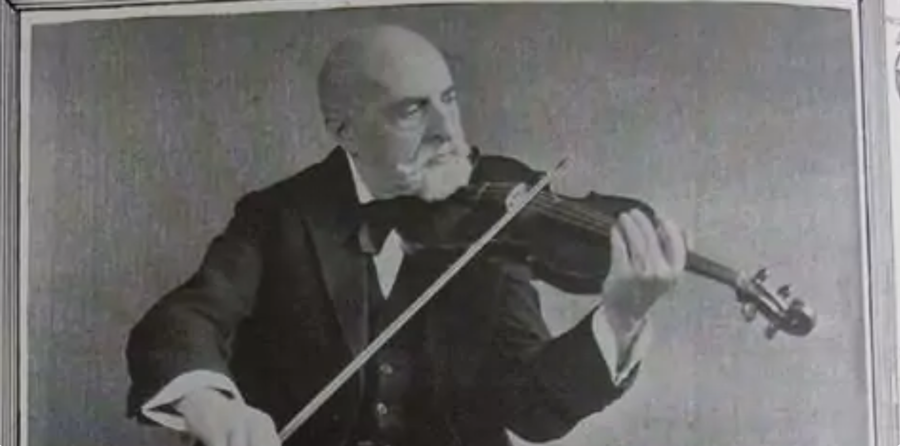
(Leopold Auer, 1845-1930)
Lesson 7: Vibrato
This week, some people in our experiment (the fastests ;-)…) will reach lesson 7, which is about vibrato. I love this subject and wrote several articles about it for the Master students in historical performance practice at Codarts Conservatory in The Netherlands. For me it’s both physically and musically interesting to experiment with vibrato.
I am interested how supporting the violin or viola with the thumb can influence the way people use vibrato and improve (I think!) the quality of it. To me it seems that one’s vibrato become more versatile and one gets a more personal sound when you support the violin with the left thumb at the same time. It becomes warmer and the use of it more conscious…but let’s test this in real life in our experiment!
Also historically I am very interested in the subject and I try to deliberately decide where to use it when I play, more like an embellishment, as it has been for many years. From research, I am convinced that on average LESS vibrato was used in the 19th century than in the 18th century. If you are interested in this as well, please read my article Vibrato in the Romantic era, with links to historical recordings from Joachim, Ysaye, Kreisler, Sarasate, Auer, Heifetz, Seidel, Zimbalist and Marie Soldat. There are some nice quotes on vibrato from Schoenberg, Piatigorsky and Saint-Saints there as well. If you have other opinions than what I write in the article, please let me know, I am very happy to exchange ideas and discuss!
I hope you all have a good time using vibrato while keeping your new balance of the violin. If you encounter difficulties, please send me an email or join the Zoom sessions on Wednesdays.
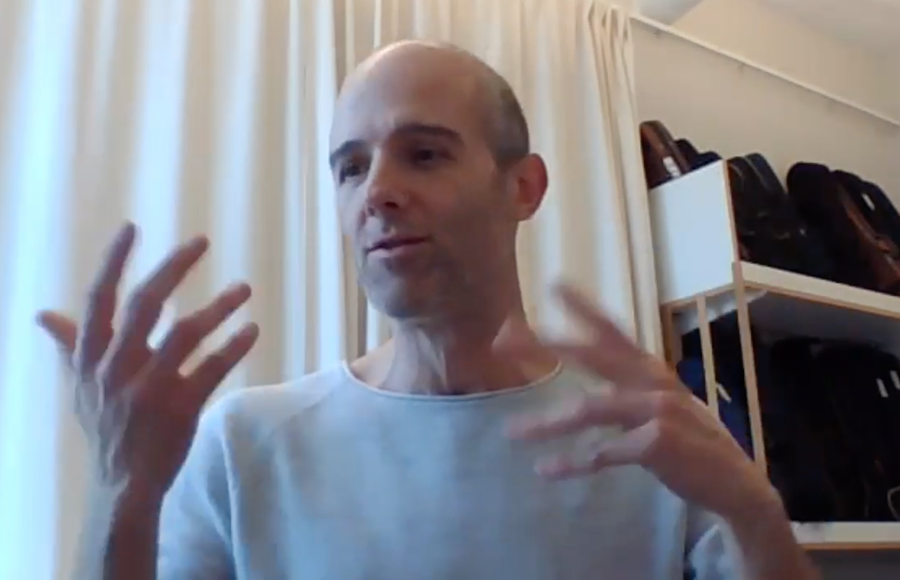
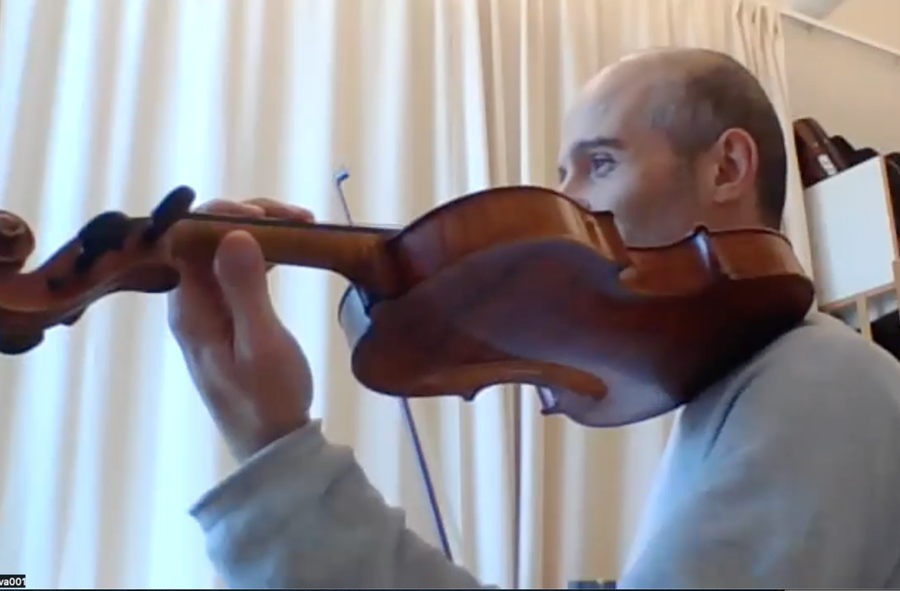
Seventh Zoom session
Last Wednesday, we had a seventh Zoom session with some participants of this experiment. It was lovely. If you want to watch it: I recorded the session and there is a link to it in the login page under the video lessons.
Here is a summary:
We had 4 people joining from Sweden, UK and The Netherlands. Attilio from Sweden ave us an update how the process is going for him. Like some participants said last week, he also feels that now he is in an ‘in between’ state… he even forgets to take his shoulder rest to rehearsals and then he already plays completely without! Bravo. He still needs to use a lot of concentration, which is understandable, so he prefers to practice short periods in a conscious way. We talked about how to think the Alexander Technique directions while playing, it was very interesting. Sometimes his left shoulder wants to ‘hold’ the violin and in such a moment there is an old reflex lifting the shoulder, but that is getting less and less, very good!
We practiced together, without bow, to place the right hand on the left shoulder and do some position shifts with the left hand. One can feel if there is too much activity going on in the shoulder or not. It should feel calm. This helped a lot, very nice to see. We also practiced in shifting with the whole lower arm, not leading with the wrist.
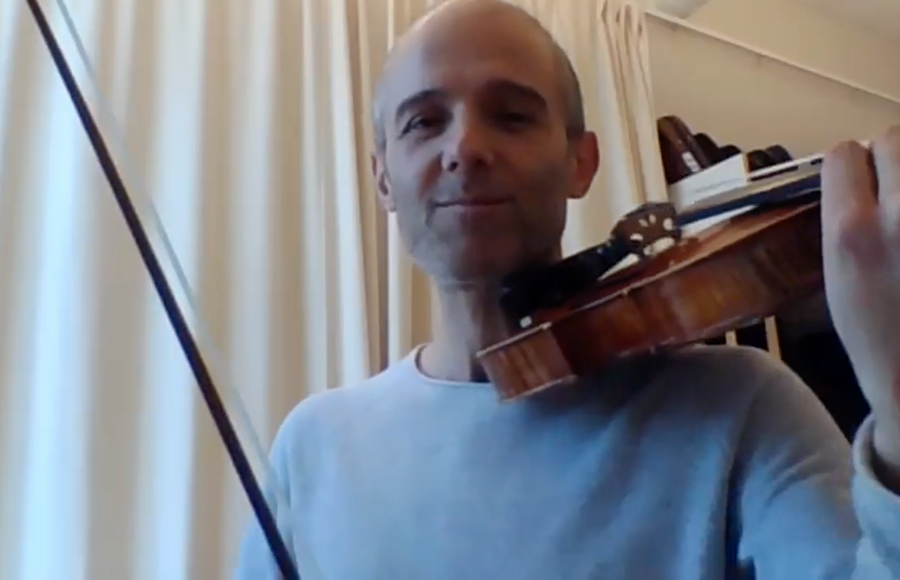
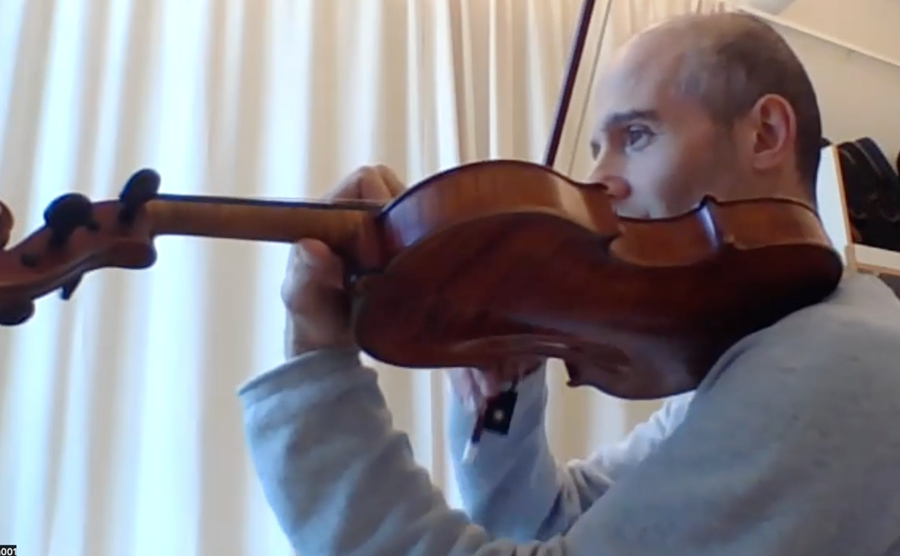
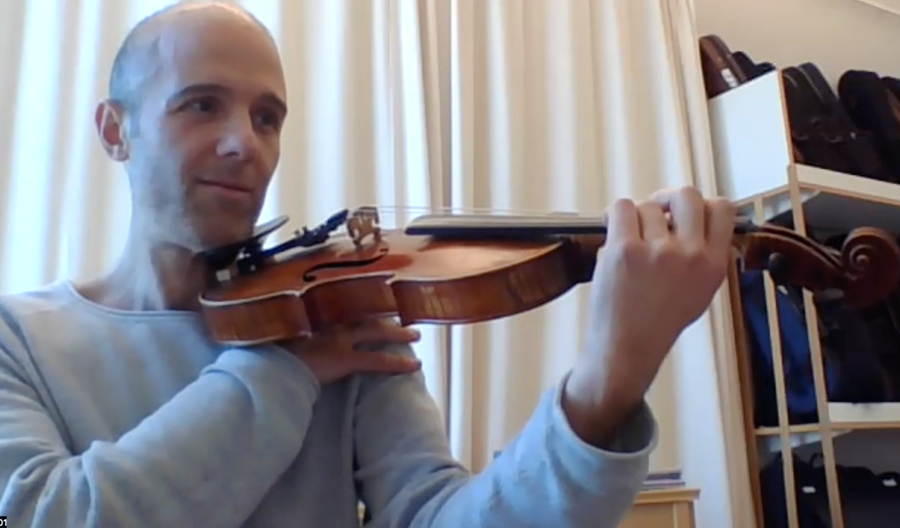
Nicolette from the UK joined in and told us that she also had to practice not using the wrist, but take the whole lower arm. She said that is feels very nice to use the arm. For her, it also helps thinking that her viool goes to herself and her arm goes away. She is now at the vibrato lesson, which is easy for her, as she is using this kind of vibrato already. She changed from using arm vibrato already long time ago. We then discussed why actually we learn to use one way of fingerings for scales, while in performing we use very different fingerings for musical reasons. She suggested also to use the semitones to make shifts. She also raised the question if it in fact is very useful to practice so much scales during our musical studies, or not really? We had an interesting discussion, see the Zoom recording if you are interested to hear it.
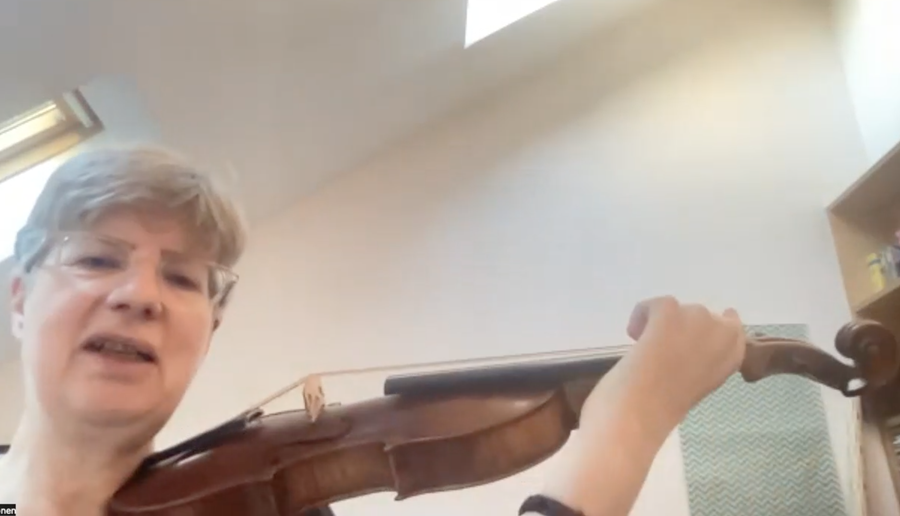

Then Cindy from The Netherlands joined us, but she could not bring her violin as it was at the violin maker, being open. We all experience that with the change of the seasons the danger of opening is bigger for our instruments.
Cindy also thought that practicing different fingerings for scales would be better. We had a nice discussion about how we all feel guilty as soon as we talk about scales, as violinists we always feel we don’t do it not enough. Cindy also confessed that she mostly practices her music she needs for the orchestra. I think for many of us this is the case and maybe there is nothing wrong with that. Nicolette suggested to start a survey: “How many people practice their scales after they leave music college?”, haha! Attilio added that sometimes he warms up with playing Swedish folk music, wonderful.
Cindy told us that since she started supporting the violin with her thumb some weeks ago, her left hand feels so much more lively and loose, and she find it easier to play in tune. She said it is really a discovery for her to have more space between the neck of the violin and her hand (at the side of the index finger).

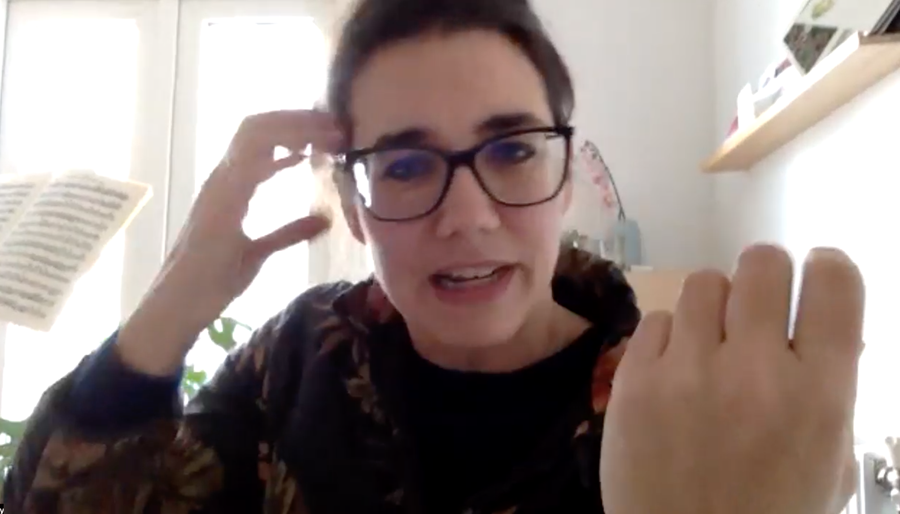
That was very nice for me to hear, of course. I asked Cindy how this process had been working for her. She said that every orchestra rehearsal and every time she practices, the exercises we did are in her head. She always starts her playing with building up through the lessons in the program” Feeling the place on the collarbone, balancing on the thumb, doing the shifts, etc. This makes already a different way to start. She said that it is a completely different way of holding the violin and she is much more happy with her left hand all of a sudden… Even in difficult repertoire she already can apply it. Wow!
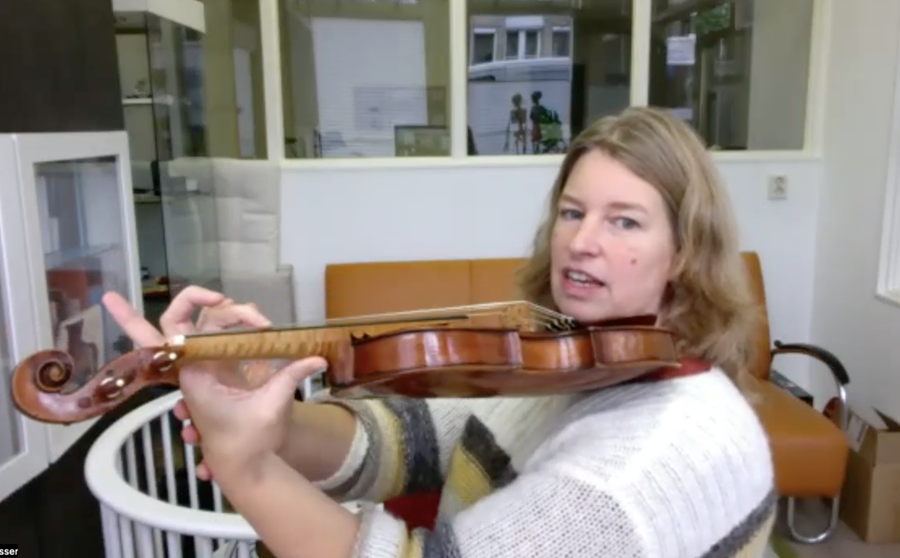
We also had nice discussions about sitting in orchestra. Especially the problem if you sit at the left side at the music stand. As most people look bit in the direction of the violin or viola, many musicians sit with a twist in their back when placed at the left behind a music stand, as they turn the upper body towards the music. We spoke about how far we should turn in the chair, or not. And boy the bos: in front or behind the scroll of the person at the right? We also spoke about the problem some people encounter that the bow is touching their leg when they play on the highest string. I (Esther) think that a lot of that can be avoided, when you think your Alexander Technique directions, sit nicely on the sitting bones and let the back lengthening and widening. I showed that with my viola and (long) viola bow, see picture beneath (I am sitting on a chair here, not on the sofa as it looks like ;-)…).
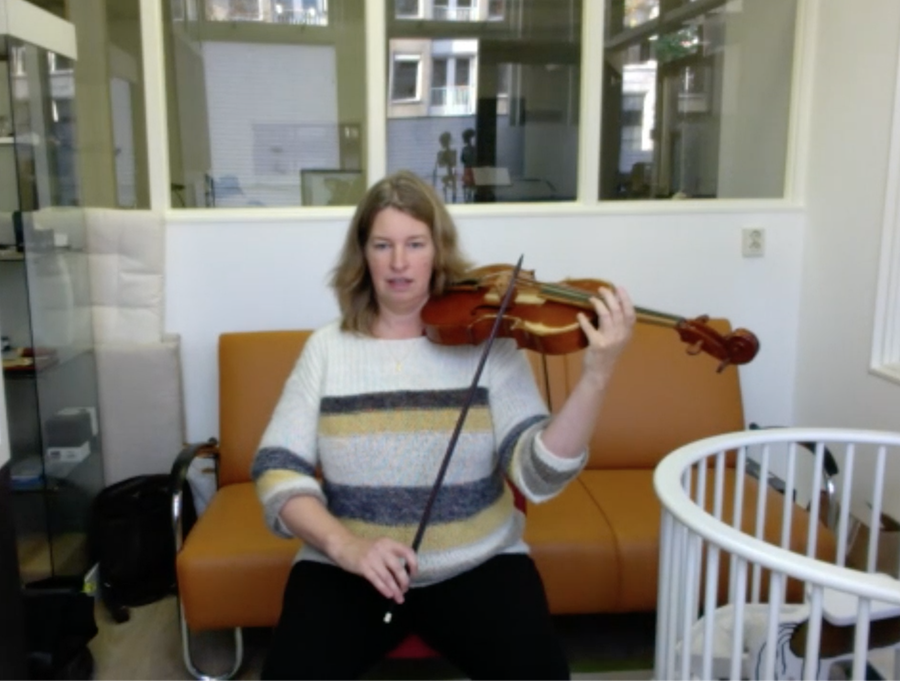
Of course it also has something to do with the size of you trunk and the length of the arms. If you have a short trunk, it could help to sit on a higher chair. Nicolette told us that she never liked to sit in orchestra and maybe has a twist in her back because of that. She preferred with her own group always to play standing up. Nicolette shared that she already is passing on the things I said about sitting at the left in an orchestra to her students at the Royal Academy in London, as they do a lot of playing in orchestra and a lot of them are in pain.
Attilio shared with us that when you play in orchestra, most violinists start the concert sitting up nice and straight, but after half an hour everyone is much more down, it almost seems that the violin is bringing you down. He also feels himself stiffening up after a while. I then shared with them what my strategy is, for example playing the Messiah as I will do next week in the UK. I never use the back of the chair. From the start, I am aware of my weight in the sitting bones, think about. my neck being as free as possible, imagining my head going up, my back lengthening and widening and my knees going forward and away. This is what you can learn in Alexander Technique lessons. I think it is very important that the hip joints are free while sitting. Before I learned this with Alexander Technique my hips and joints always felt very stiff when I stood up during the applause after the concert. I also imagine that I have eyes in my back, looking backwards…this helps a lot to stay aware, to stay in balance and to play together with everyone.
We then had a nice conversation about how conductors could use a bit more of awareness as well…haha. And we discussed if sitting bones can move or not. Just check the Zoom session if you are interested in that.
Attilio shared with us that he sometimes feels his breathing stopping a bit when he takes up the violin, something is stiffening. We spoke about the ‘Whispered ah’ and the breathing reflex, as we know it in Alexander Technique. If you are familiar with this, you can combine this with the position change with the left hand backwards. In general, it’s very interesting to observe when your breath is stopping, it happens a lot during activities, and also during playing.
We also spoke about breathing before upbeats and how to give them as a leader. How to ‘sniff’ effectively and what conductors mean with ‘breathing together’… and we got carried away talking about it is the essential thing that conductors don’t learn and that as players we immediately recognize it if you get a conductor who understood it… anyway, too much to write here! Please listen the Zoom session if you want to hear everything we said :-). It was very interesting. Cindy also mentioned that her articulation of the bow is changing because of the different support of the violin, it seems easier to play closer to the bridge. Thank you for the nice discussion, Attilio, Cindy and Nicolette!
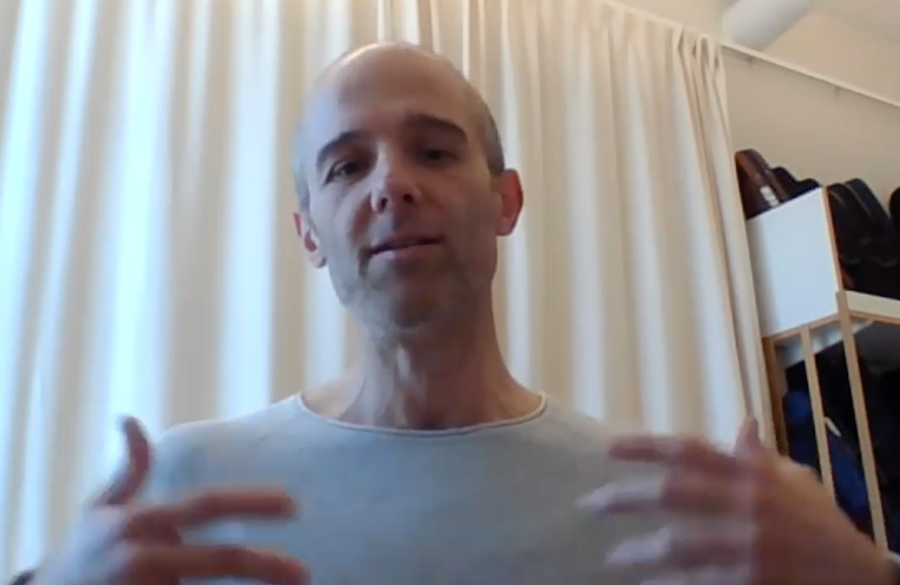
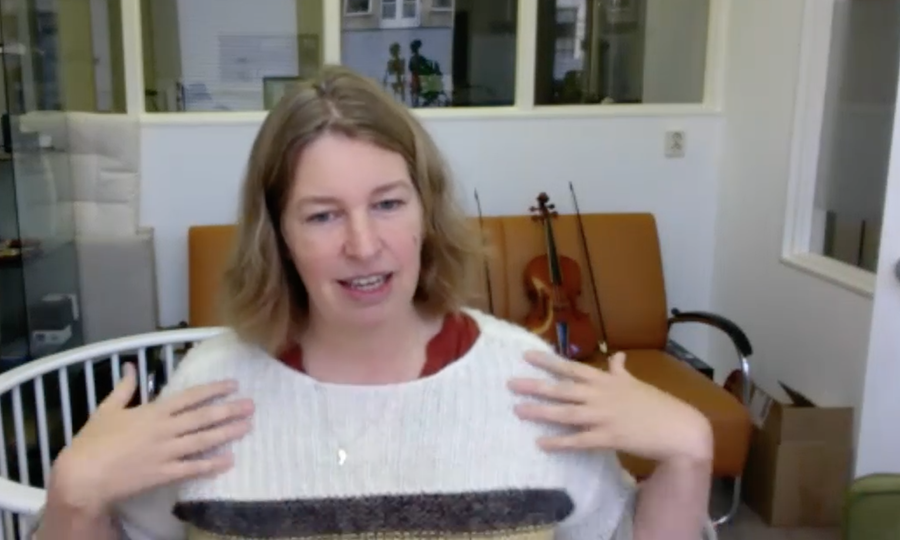
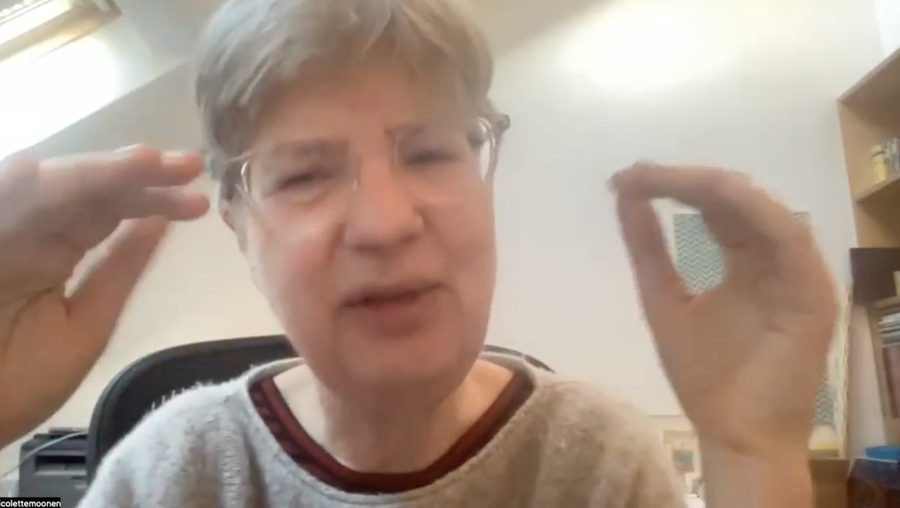
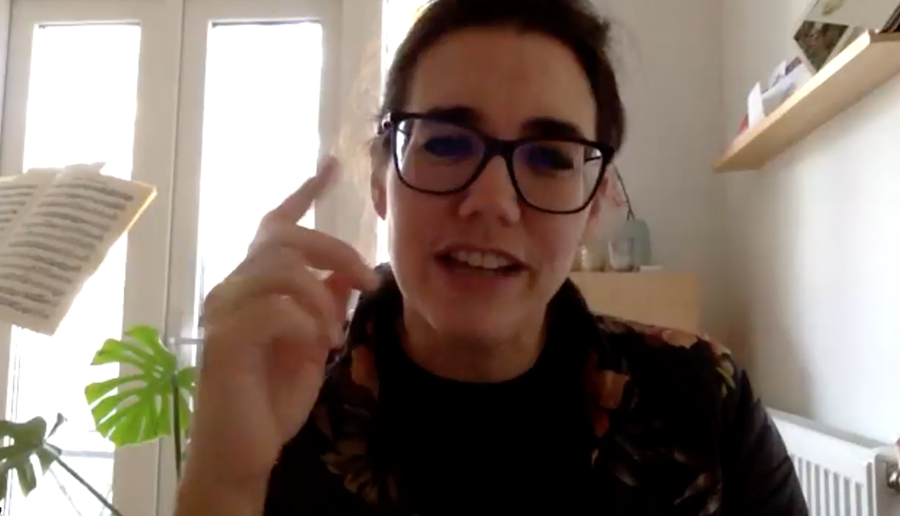
Please take your time
It is important that everyone in this experiment enjoys the curiosity we have, and take part in a joyful and playful way. In that way, we learn the best. Don’t try too much to ‘do it right’…and don’t hurry. If you need more time, just let me know, keep me informed, and we take a bit longer. No problem!
Best regards, please let me know if you have questions,
Esther Visser


